On April 6, 2017 Barbara and I left Des Moines as we boarded the first leg of our flight to Delhi, India. A day or two of rest in Delhi then preceded our flight on April 9 to Paro, Bhutan, with the other 3 participants in the 2017 Victor Emanual Birding Tour of Bhutan.
From the plane we could see the beautiful Himalayan Mountains before landing at the ornate Paro airport.

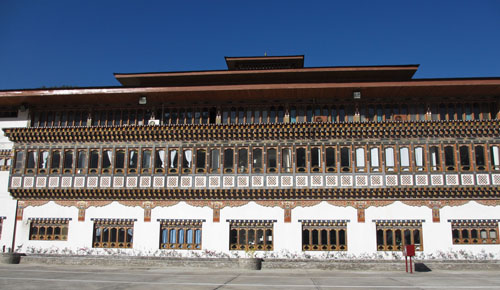
My prior blogs detailing our birding out of the U.S. usually approached the subject in chronological order. This time I am going to do it differently. I have chosen as the first installment to cover the most striking family of birds that we saw in Bhutan, the Pheasants, or Phasianidae. All 40 or so species of this family are native to Asia. The Chinese Ringneck Pheasant has been introduced as a game bird in North America and around the world, and has adapted well.
Let’s start with what our group voted the bird of the trip, Blood Pheasants. They were plentiful in the high altitudes, i.e. 10,000 to 14,000 feet above sea level. As is common among the Phasianidae, the males are far more colorful than the hens. Here are some of the many Blood Pheasant photos Barbara took. [Third down is a female].
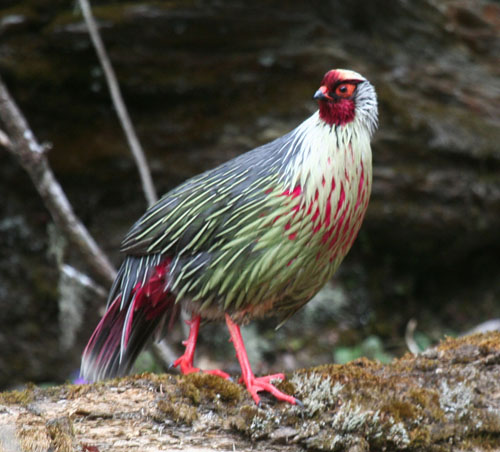
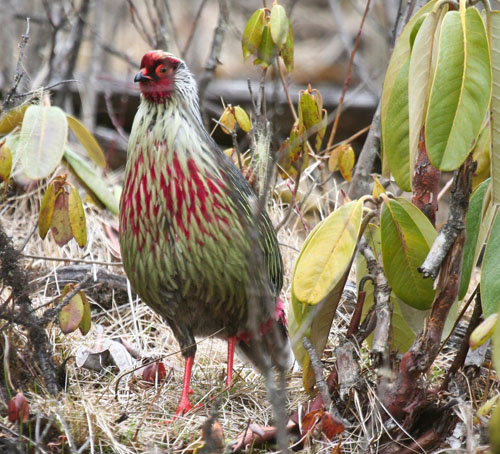
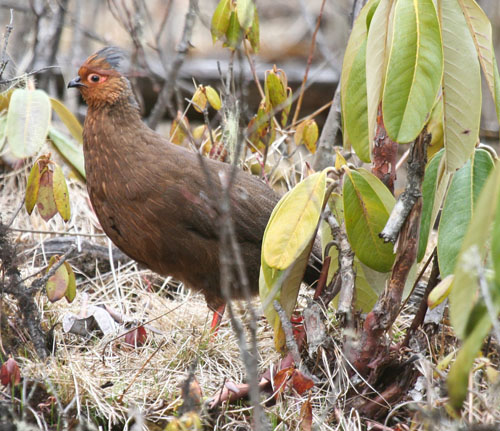
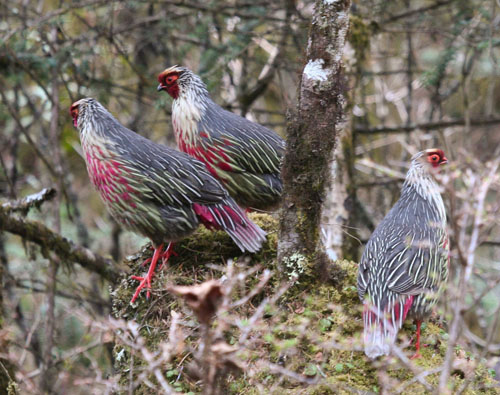
Behind the Blood Pheasants both in number and in favor among the 5 of us, were the Tragopans and Himalayan Monals (far fewer seen, shy and difficult to photograph). The Monals are most often found well above 10,000 feet. While downloading photos from the camera, something happened that erased about 60 photos from that time period, including the ones of the Monals.
It is hard to believe that a bird as beautiful as the Tragopan only rated a second place among the pheasants. Here are photos of the male and female of this not so shy bird.

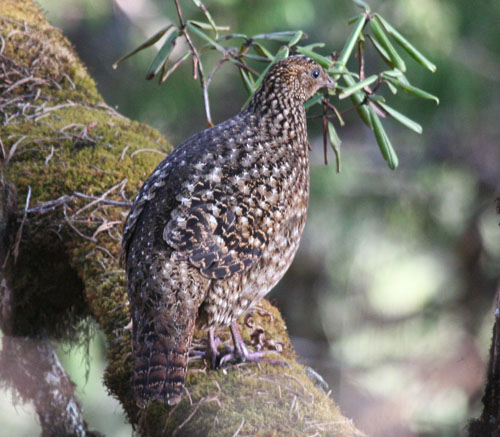
At the lower altitudes we encountered a few Kalij Pheasants, which lack the brilliant coloration of their brethren shown above, but nevertheless are striking birds.
Two other pheasants shown in the Field Guide to the Birds of Bhutan were Grey Peacock Pheasants (quite plain, reportedly common, but not seen by our group) and Blyth’s Tragopan, (rare and not seen by our group).
Stay tuned for the next installment, which will feature the birds I saw which are representatives of families of birds that were new to me in Bhutan. (There are about 240 families of birds world-wide, with over 10,000 species spread among them. Some families have several hundred species, others with but one specie).

I thoroughly enjoy reading about your birding trips. The addition of images and now the quality of the images is greatly appreciated. I look forward to future posts. I believe I have read each post a couple of times each. The pheasants are some of the most beautiful of birds to me.